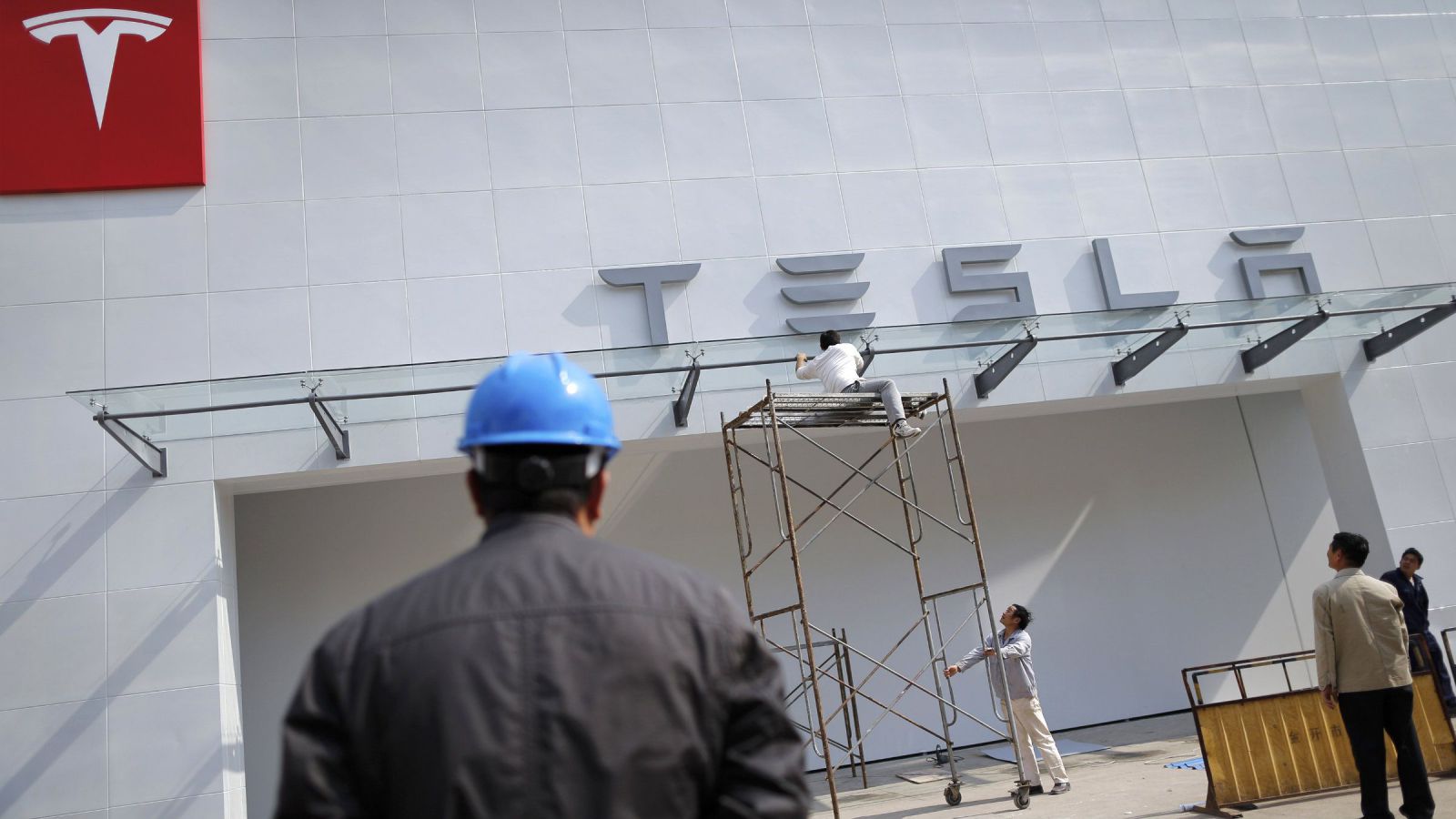Elon Musk’s Model 3 timeline is delayed as Tesla posts its largest quarterly loss
Tesla’s earnings numbers were not welcome news for investors. Today, the company said it delivered 26,137 cars during the third quarter, but only 222 of those were Model 3s. That’s far below the 1,500 Tesla was hoping to have delivered by this time. Overall, the company posted a loss of $619 million on sales of $2.98 billion.


Tesla’s earnings numbers were not welcome news for investors. Today, the company said it delivered 26,137 cars during the third quarter, but only 222 of those were Model 3s. That’s far below the 1,500 Tesla was hoping to have delivered by this time. Overall, the company posted a loss of $619 million on sales of $2.98 billion.
Tesla shares dropped by as much as 5.4% on the news in after-hours trading, before recovering slightly. Overall, the company’s stock is up by about 50% for the year.
Tesla CEO Elon Musk had warned there would be bumps in the road as Tesla entered “production hell” for the Model 3, and in August warned of “production bottlenecks.” In a Nov. 1 letter to investors (pdf), Tesla clarified that the primary production constraint is the battery module assembly line in its Gigafactory 1 outside Reno, Nevada. Tesla said it was redesigning two parts of the battery assembly process, “key elements of which were done by manufacturing systems suppliers,” to streamline its automated manufacturing process.
Musk says he’s camping out at the factory until the problems are resolved. In describing the struggle to get manufacturing back on track, he made an allusion to the nine circles of hell in Dante Alighieri’s Inferno. “We were in level nine, and we’re now in level eight and close to exiting level eight,” said Musk, “I thought we’d be more like level seven. I was really depressed three or four weeks ago.” Musk said that Tesla’s reliance on a small number of robotic stations to automate construction of the vehicle, rather than human workers, means that any problems on the line can slow assembly dramatically.
The company’s fortunes are riding on the Model 3, which has a base price of $35,00. Tesla is betting its first mass-market car will elevate it to become the first automaker to join America’s famous “Big 3” in more than 50 years. Tesla has already surpassed all of them in market value at one time (GM put Tesla back in second place earlier this year), but the electric carmaker has yet to prove its staying power.
So far, it’s been a rough ride. Musk must coordinate a sprawling supply and production chain, including two factories where cars are assembled in Fremont and the Gigafactory where Model 3 battery packs and drive units are made. Tesla notes that its manufacturing process is more automated than most carmakers, and therefore takes longer to establish.
The company said it plans to make 5,000 Model 3 vehicles per week by about March 2018 (a quarter later than initially predicted) and then 10,000 units per week sometime after that.
The company has about $3.5 billion in cash entering the fourth quarter to make it happen.